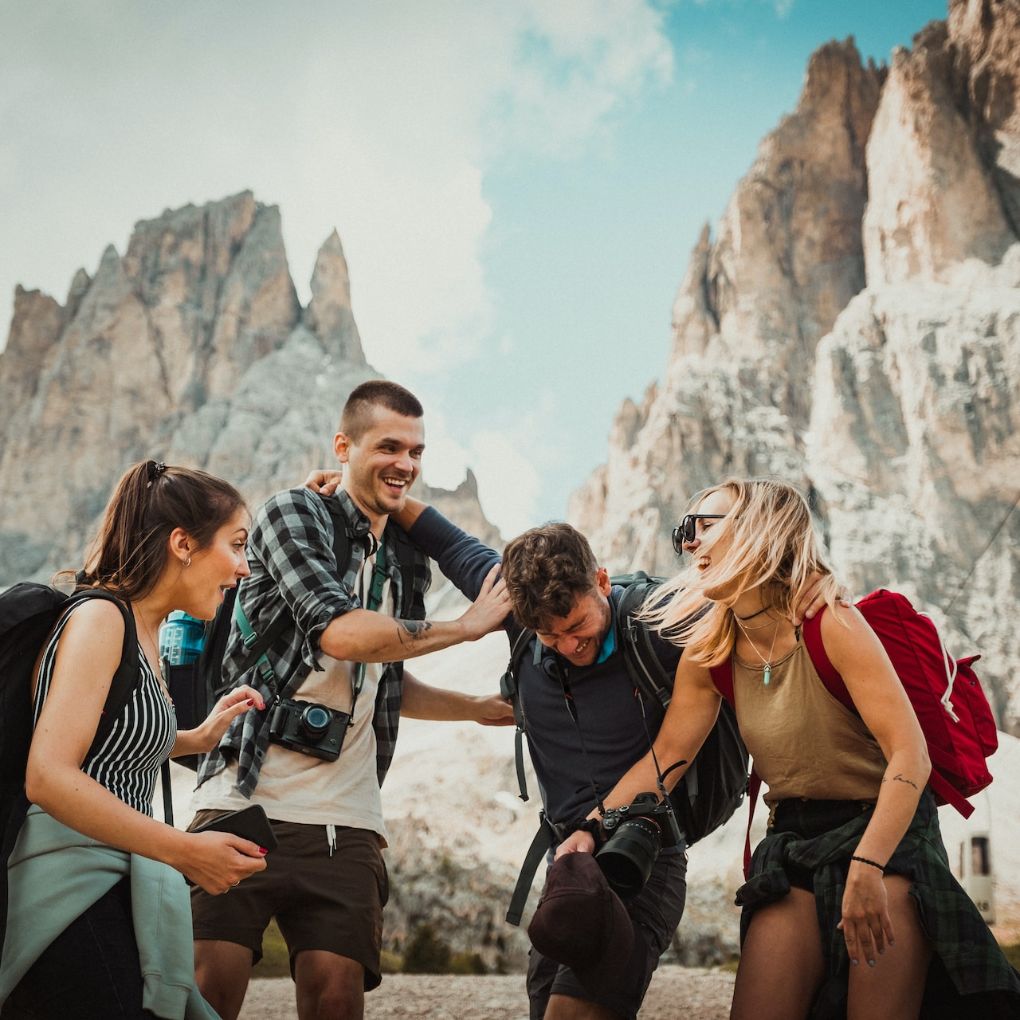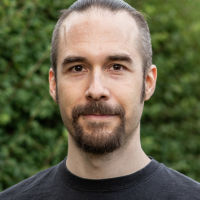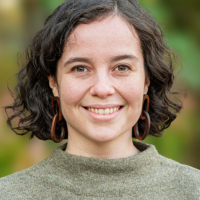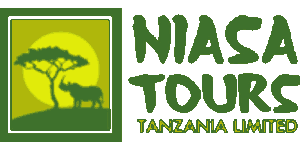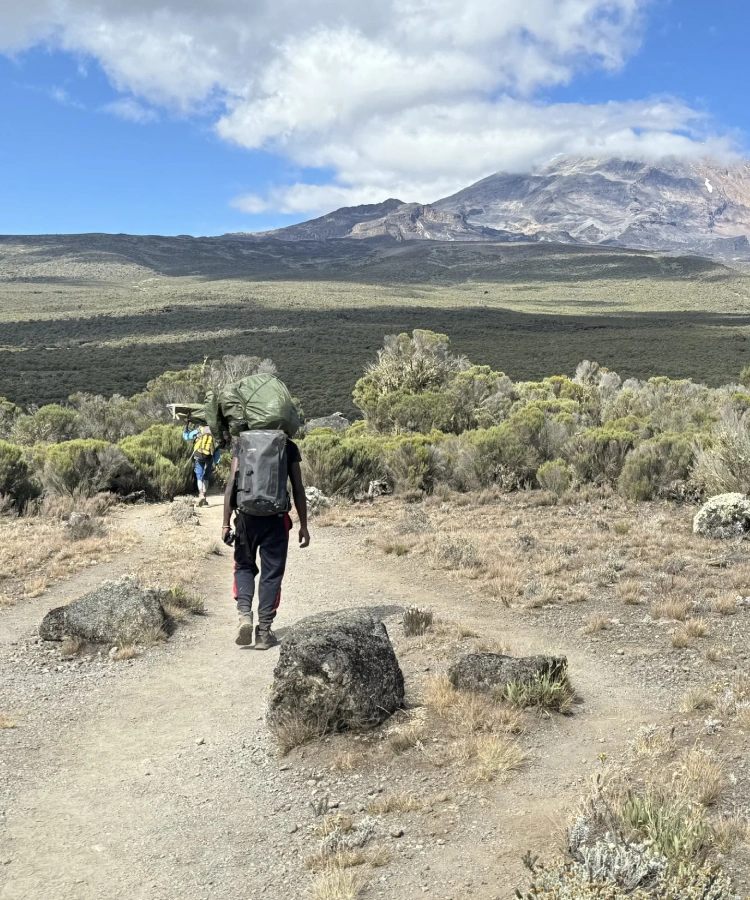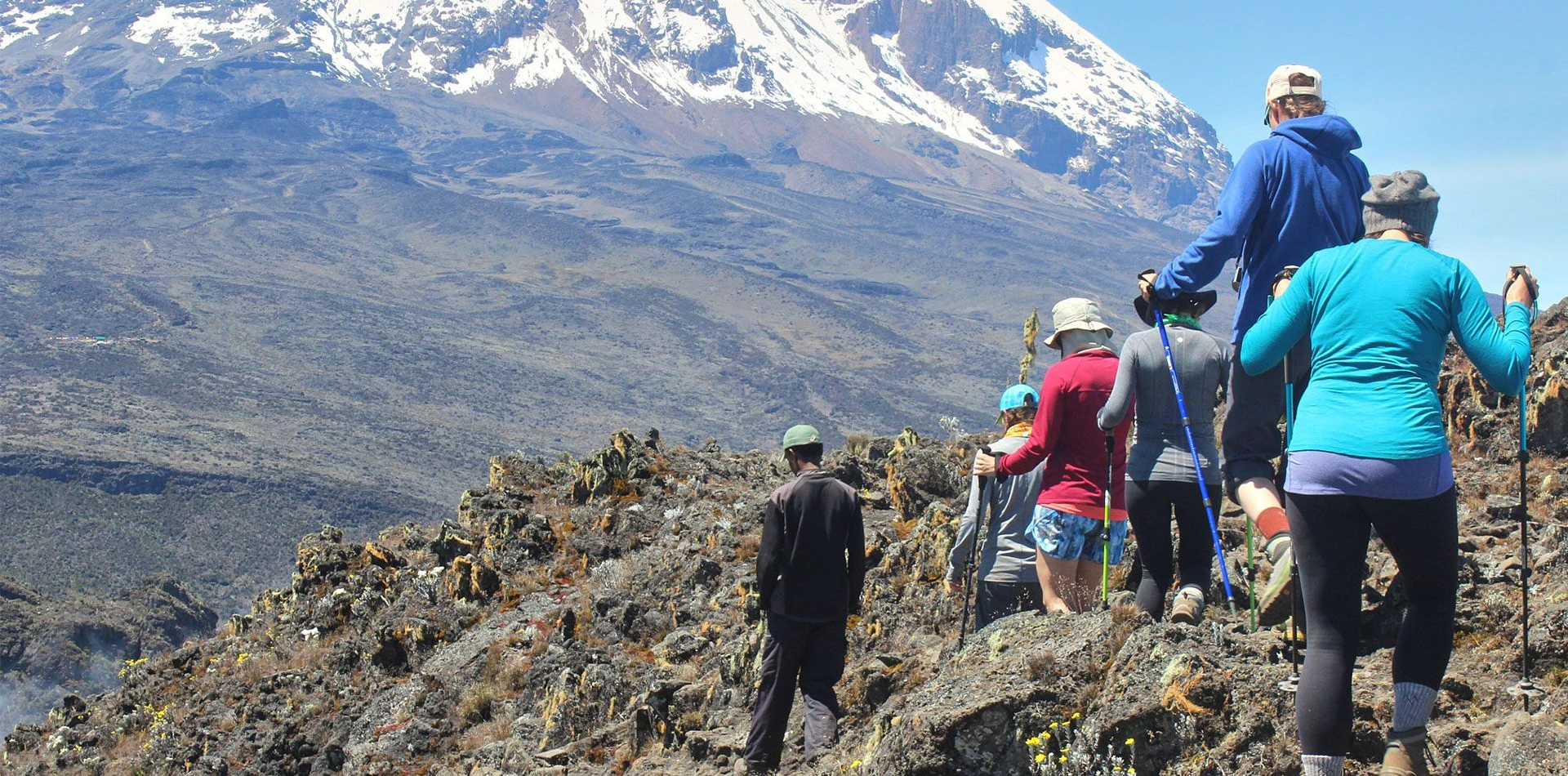
7 Days Kilimanjaro Trekking Itinerary – Lemosho Route
About This Safari
If you’re looking for the most scenic and less-crowded route to the top of Africa, Lemosho might just be your perfect trail. This route is often called Kilimanjaro’s most beautiful approach, and for good reason — it offers stunning panoramic views, diverse ecosystems, and a smoother acclimatization profile.
This 7-day trek balances adventure with smart pacing, taking you through rainforests alive with monkeys, across open moorlands, into a lunar alpine desert, and finally, up to the glacier-capped summit of Uhuru Peak at 5,895 meters. You’ll climb high, sleep low, and give your body time to adjust — improving your chances of standing on the roof of Africa.
This isn’t just a hike. It’s a journey — physically demanding, emotionally humbling, and deeply rewarding. And you won’t walk it alone — you’ll have an experienced team by your side and the mountain ahead of you.
Tour Highlights
Most Scenic Trail
Renowned as Kilimanjaro’s most beautiful route, offering panoramic views, lush forests, vast moorlands, and breathtaking vistas at every stage.
Excellent Acclimatization Profile
With its “climb high, sleep low” approach and steady pacing, Lemosho greatly improves summit success rates while easing altitude adjustment.
Diverse Ecosystem Journey
Trek through rainforests alive with monkeys, across alpine deserts, and into glacier-capped landscapes, experiencing Kilimanjaro’s unique biodiversity.
Strong Summit Support
Benefit from expert guides and a dedicated trekking team, ensuring safety, encouragement, and unforgettable shared moments on the path to Uhuru Peak.
Price starts at 3090USD per person depending on the number of people per group.
Tour Details
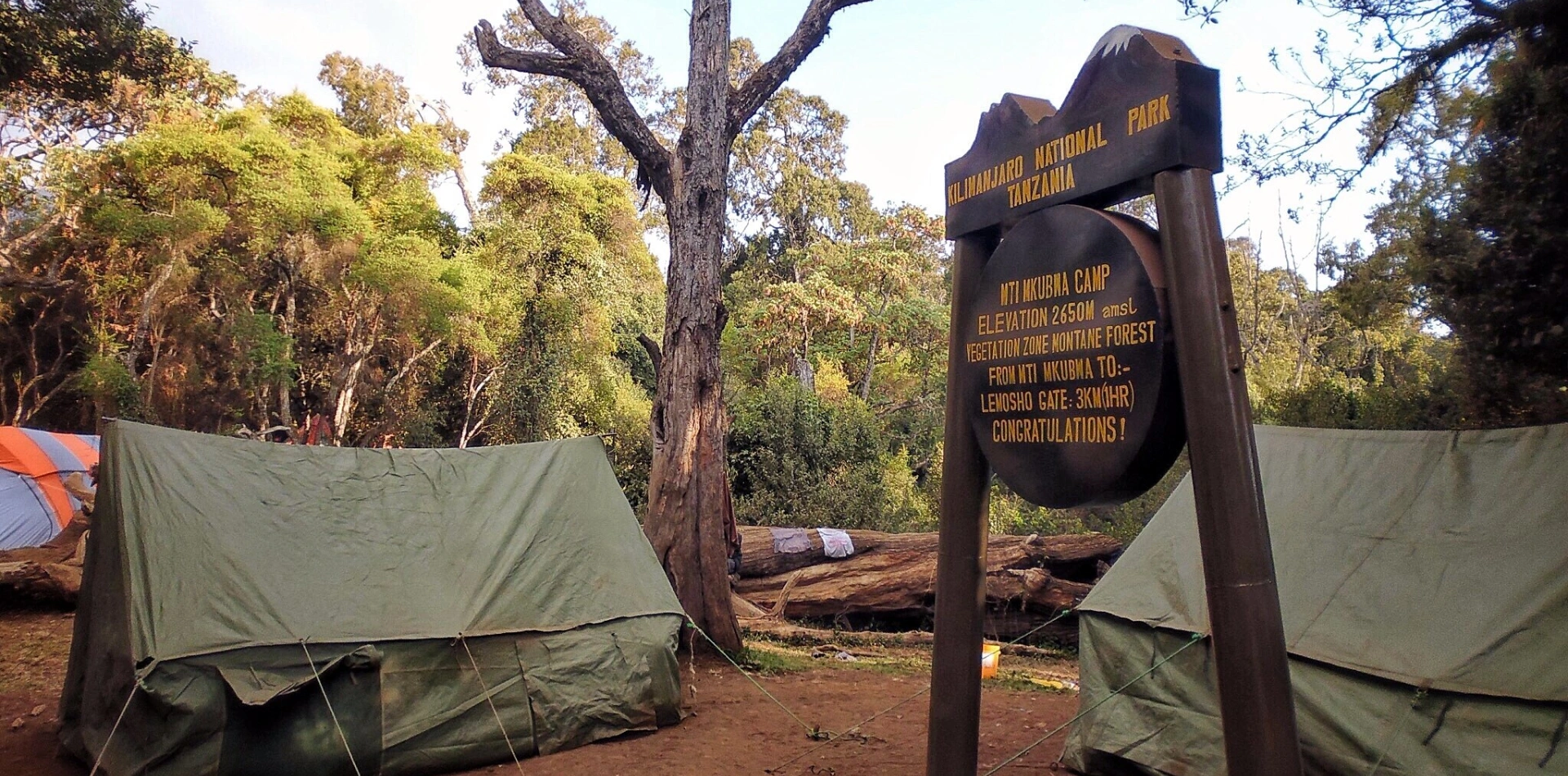
- Distance: ~6 km
- Time: 3–4 hours
- Habitat: Rainforest
Your adventure begins with a drive to the western side of Kilimanjaro. After registration at Londorossi Gate, you'll hike through thick, green rainforest. It’s a lush, moody world with hanging moss, rich soil, and the chance to spot blue monkeys or even colobus monkeys. You’ll reach your first camp — Mti Mkubwa, or "Big Tree Camp" — nestled among giant ferns and ancient trees. It’s your first night under the stars, and the air is filled with quiet anticipation.
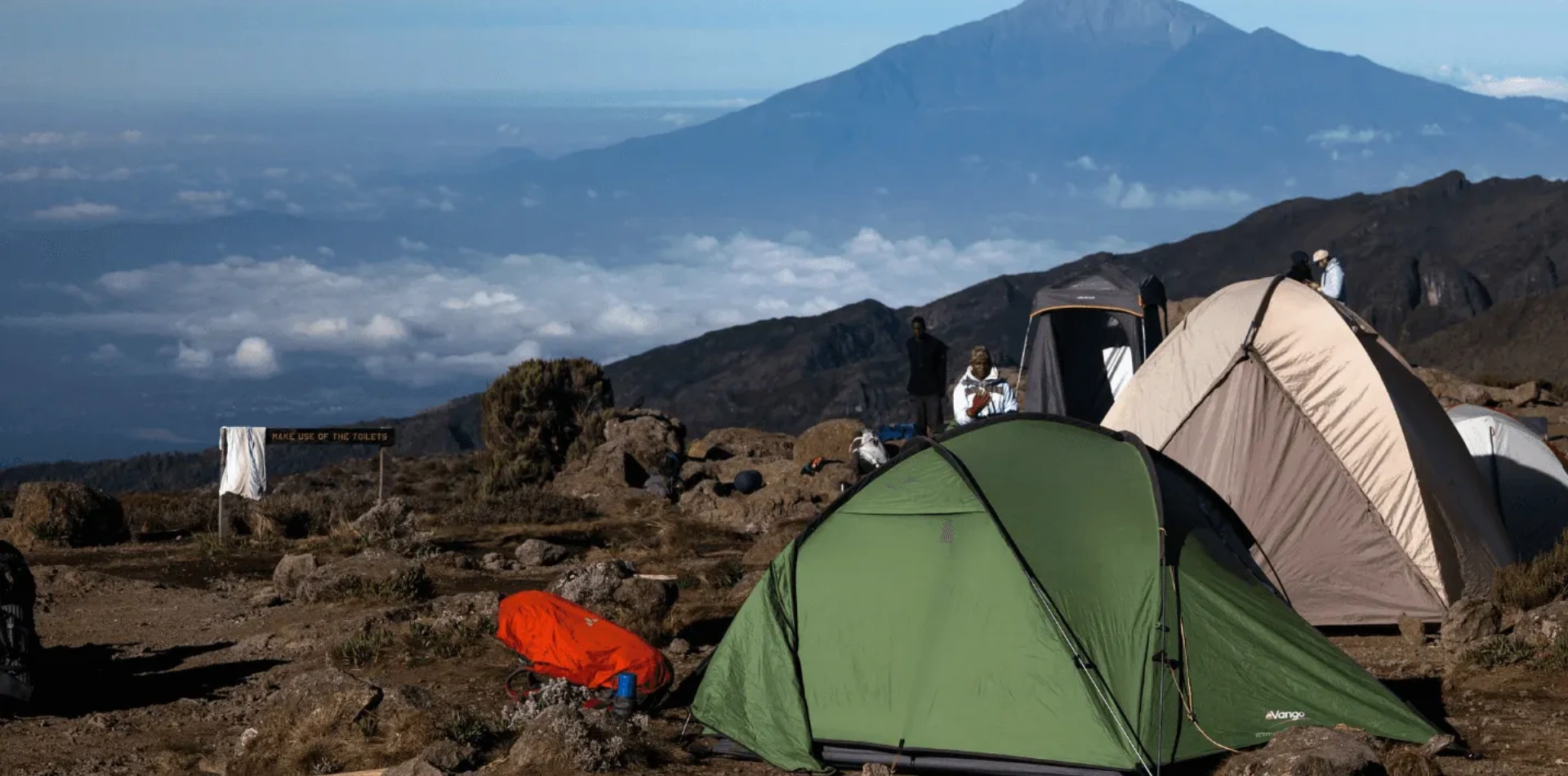
- Distance: ~8 km
- Time: 5–6 hours
- Habitat: Moorland
You’ll climb out of the forest today and into a completely different world — the moorland zone. The trees thin out, replaced by wide-open spaces, rolling hills, and views of Kilimanjaro’s western glaciers. Shira 1 Camp sits on the Shira Plateau, an ancient lava flow that stretches out beneath the mountain. This is the first day you might start to “feel the altitude” — take it slow and drink plenty of water.
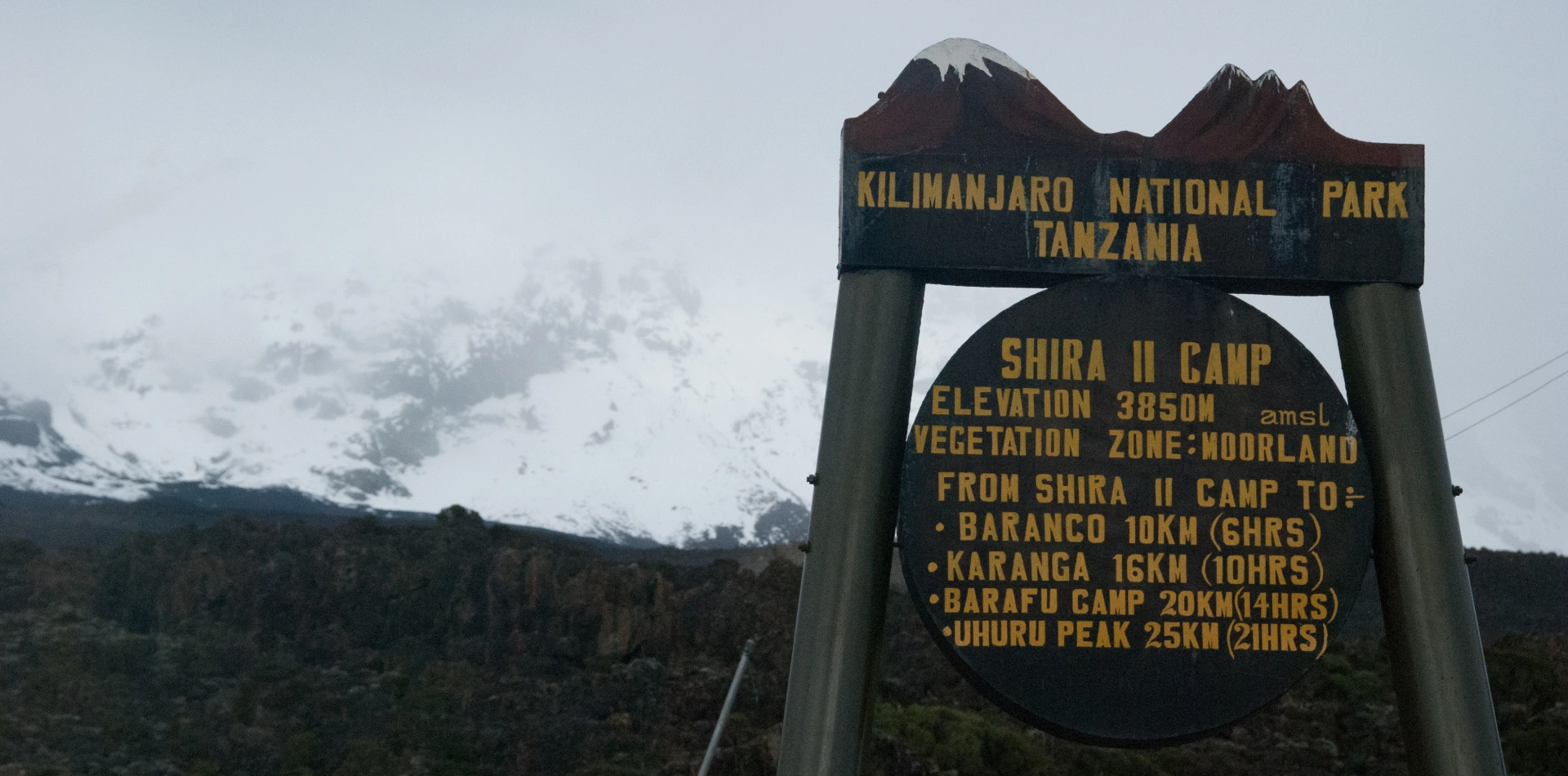
- Distance: ~7 km
- Time: 3–4 hours
- Habitat: Moorland
Today’s hike is gentler and gives your body a bit more time to acclimatize. You’ll traverse the plateau, soaking in sweeping views and feeling the mountain’s presence grow stronger. You may start to feel a little light-headed, but that’s normal — it’s part of the adjustment process. Shira 2 offers a front-row seat to epic sunsets and, on clear nights, the Milky Way. The altitude is real, but so is your resolve.
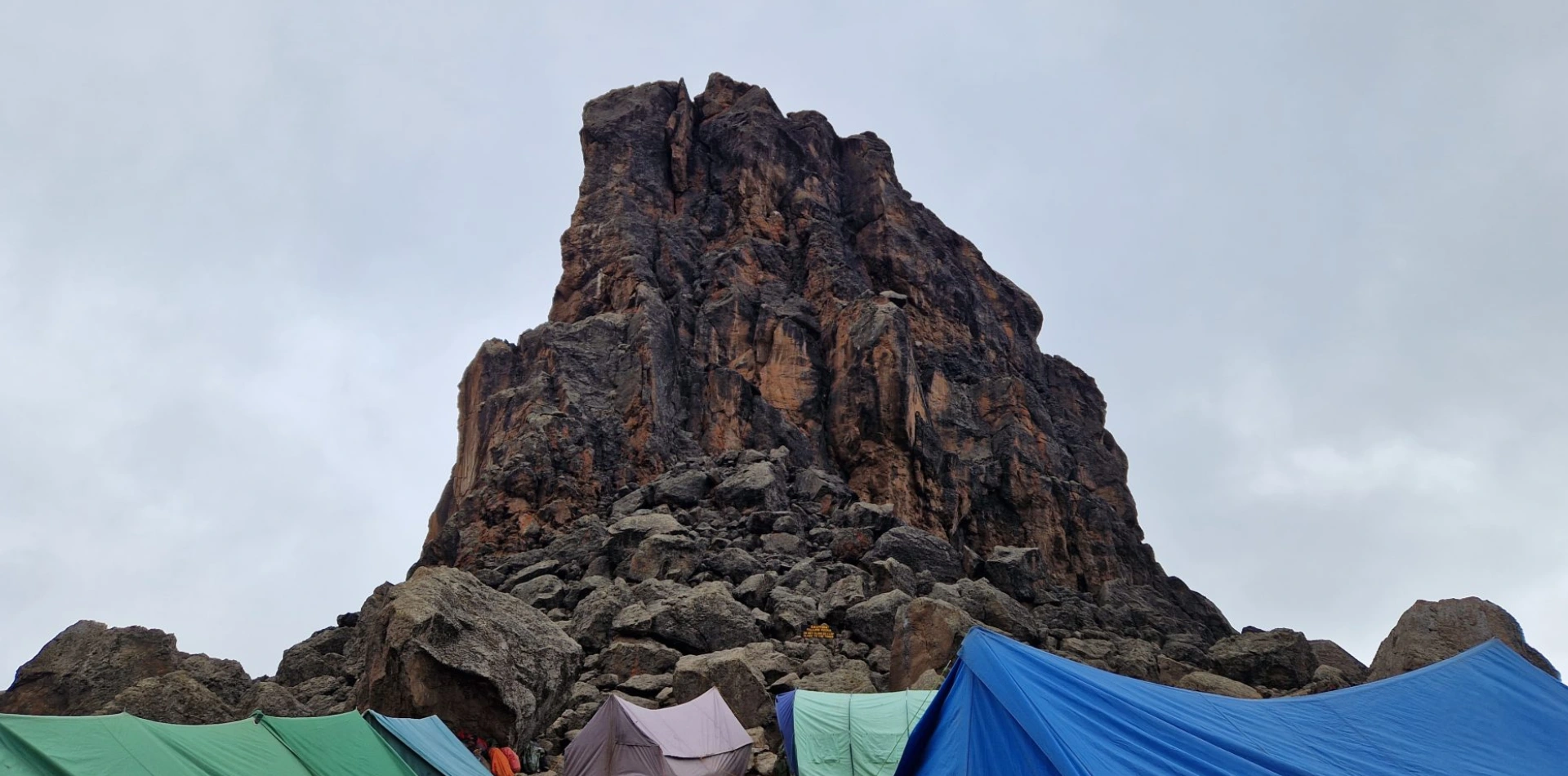
- Distance: ~10 km
- Time: 6–8 hours
- Habitat: Alpine desert
This is your acclimatization day. You’ll ascend high to the haunting Lava Tower, then descend back down to sleep — a proven technique for helping your body adjust to altitude. The scenery turns raw and volcanic, almost lunar. The final stretch drops into the Barranco Valley, home to surreal giant groundsel trees and steep cliffs. You may feel tired or even headache — that’s okay. This is the mountain training you for summit night.
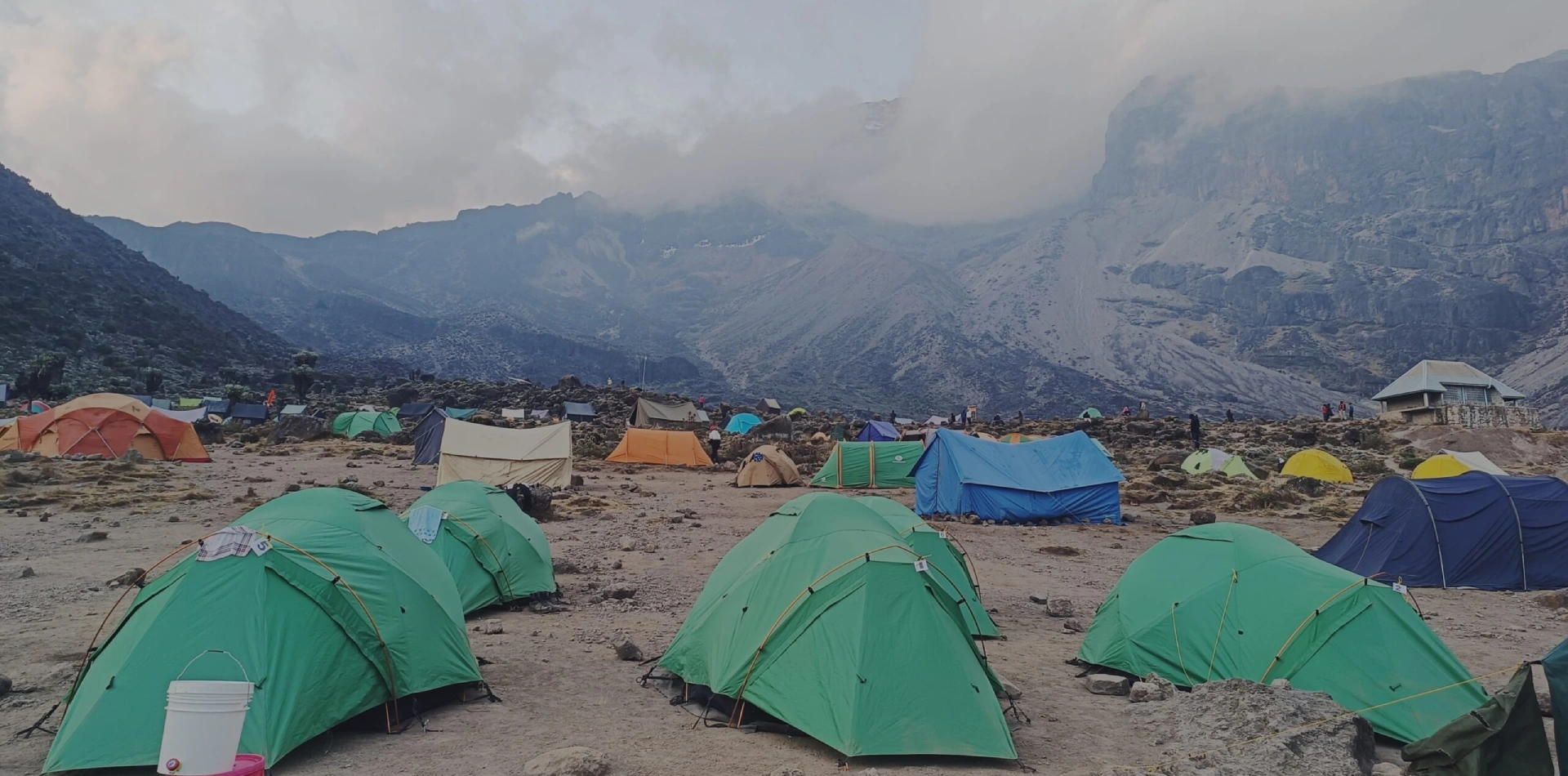
- Distance: ~5 km
- Time: 4–5 hours
- Habitat: Alpine desert
The day starts with the Barranco Wall, a steep scramble that looks more intimidating than it is. It’s actually a fun and memorable section — a highlight for many. Once you’re at the top, the trail rolls gently toward Karanga Camp, a peaceful spot where you can rest, hydrate, and prepare mentally for what’s ahead. The summit is drawing closer. You’re stronger than you were just a few days ago.
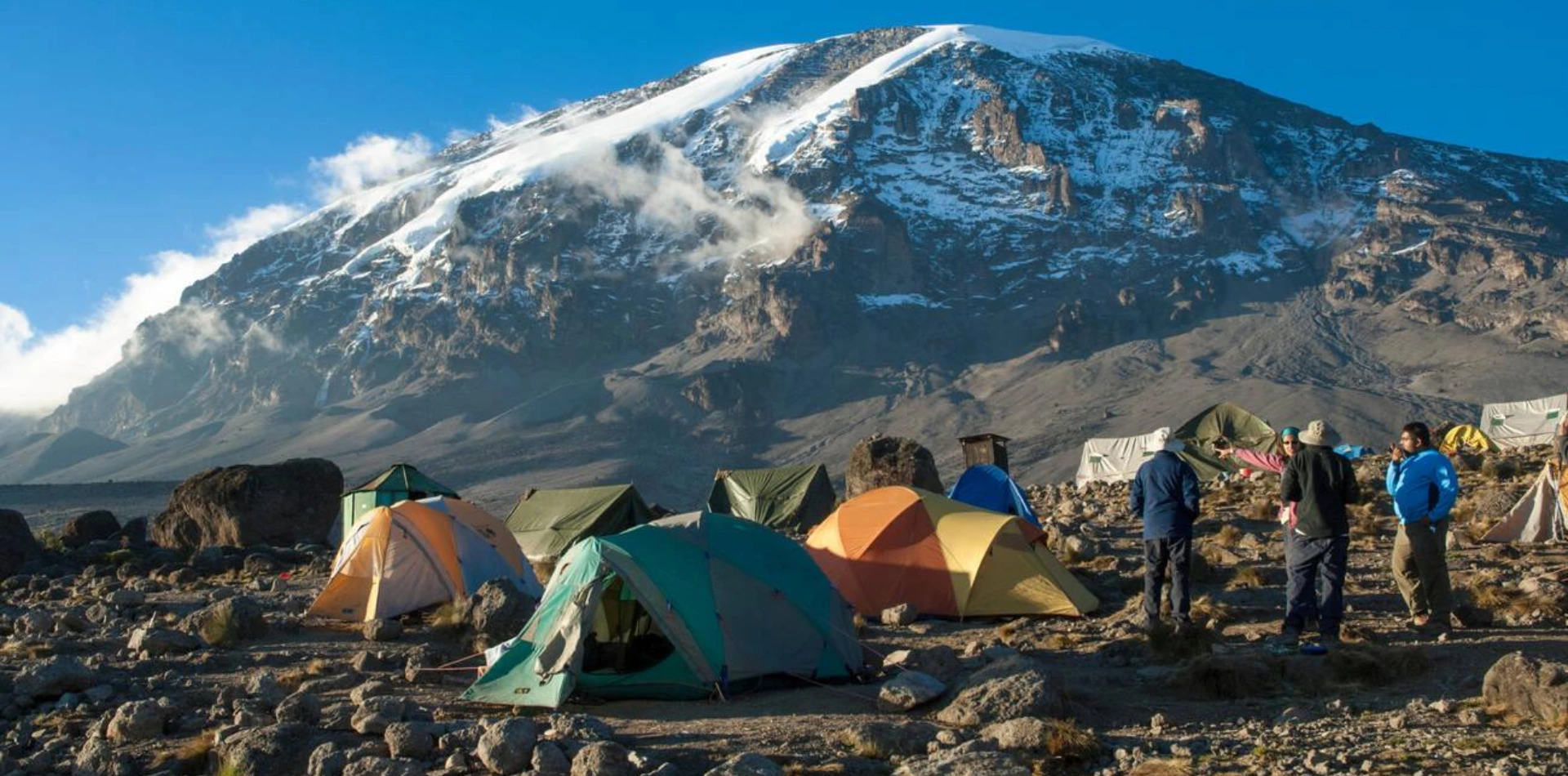
- Distance: ~4 km
- Time: 3–4 hours
- Habitat: Alpine desert
A short, steady climb to Barafu, your base camp for the summit push. The air is thin, the landscape stark, and the mood focused. You'll eat early, sort your summit gear, and try to rest — because around midnight, you begin your ascent to the top of Africa.
Final prep: Lay out your gear, keep your summit snacks handy, and layer up — it’s going to be cold, but unforgettable.
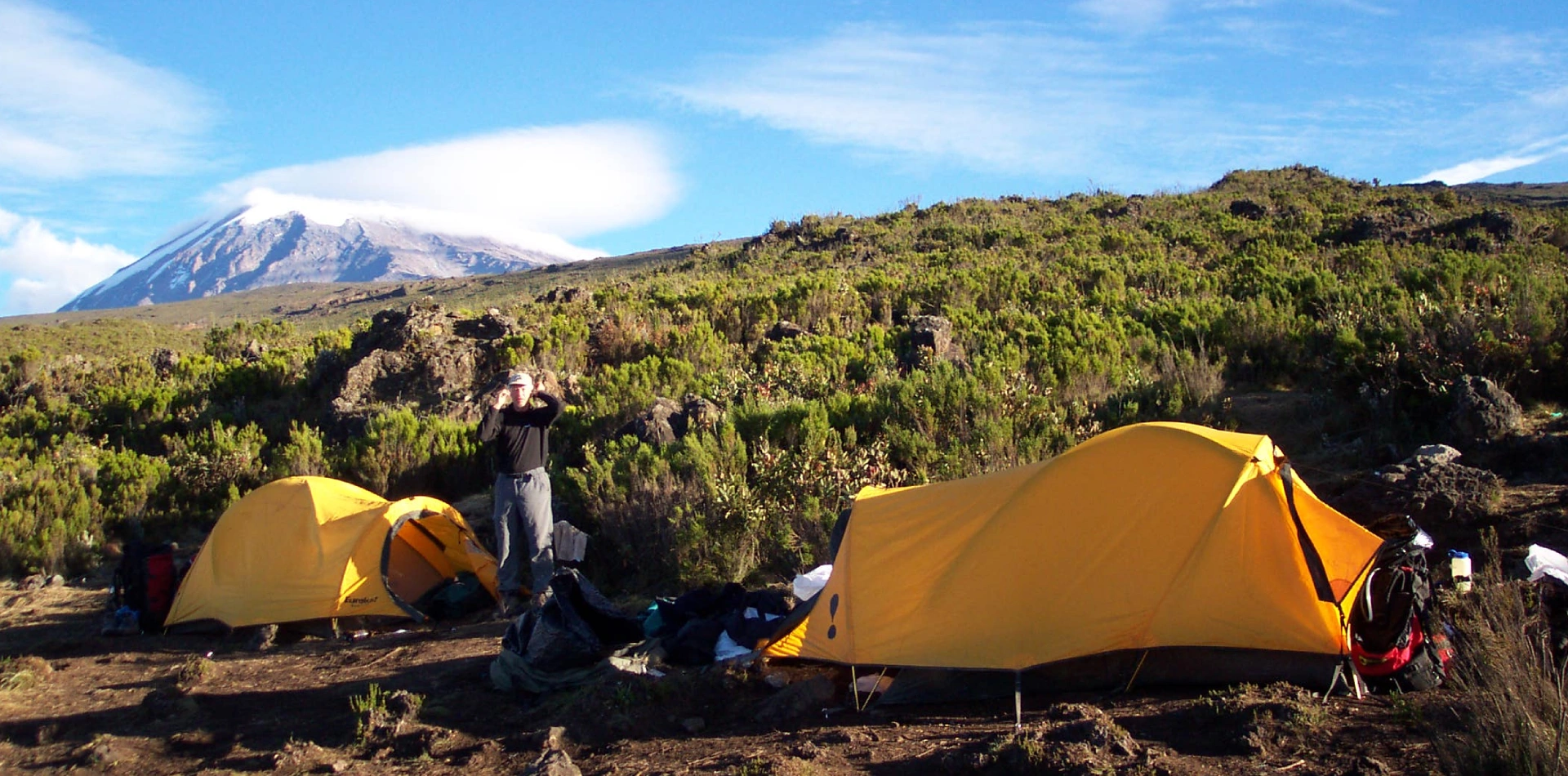
- Distance: ~17 km
- Time: 12–16 hours’ total
- Habitat: Arctic to rainforest
You'll start hiking under a blanket of stars. Step by step, with your guide’s voice cutting through the dark, you climb past Stella Point and push through fatigue, cold, and altitude. Then, just as the sun rises, you'll stand at Uhuru Peak — the highest point on the African continent.
There’s nothing quite like it. The effort, the silence, the clarity of being so high and so alive.
After a few photos and deep breaths, you begin your descent. You’ll head all the way down to Mweka Camp, where the oxygen feels thick and your tent feels like a luxury hotel.
Good to Know
- Best for: Trekkers who want a quieter, scenic, and well-paced route
- Sleeping: High-quality tents, warm meals, amazing crew support
- Altitude: AMS (Altitude Mountain Sickness) is a possibility — your guides monitor this carefully
- Fitness required: Moderate to high — you don’t need to be an athlete, but training helps
- Summit night: The hardest, most rewarding part — both physically and emotionally
Inclusions & Exclusions
- Kilimanjaro trekking according to the itinerary.
- Professional, English-speaking Wilderness First Responder & CPR certified Guide.
- Proper Ration of Mountain crew (Cook & Porters).
- Airport Transfers.
- Meals according to the itinerary.
- Drinking water and Full Board Meals.
- All National Park & Hut Fees, Crew Permits and VAT.
- Fair and Sustainable Salary Crew Wages.
- Gate Transfers.
- Complimentary Oxygen Cylinder.
- Flights
- Visa fees
- Travel or Medical Insurance .
- Tips for porters and mountain crew .
- Personal spending money for souvenirs etc.
- Energy food & beverages, alcoholic and soft drinks.
- Personal hire gear such as trekking poles, sleeping bags, etc.
- Additional lodge nights if early descent from the mountain.
Tour Map
Tour Gallery
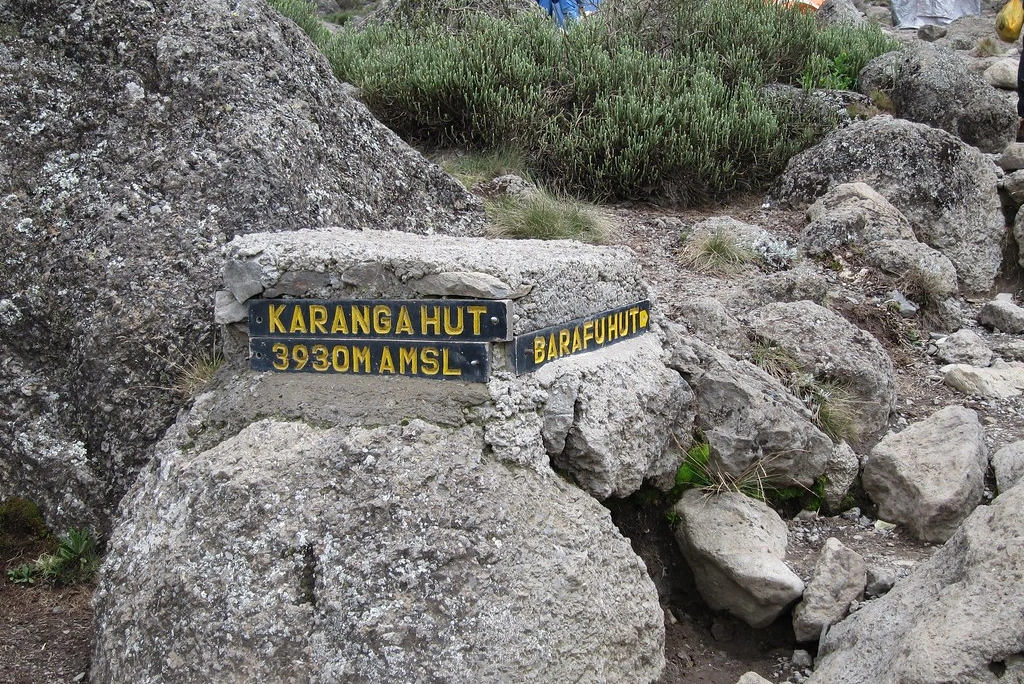
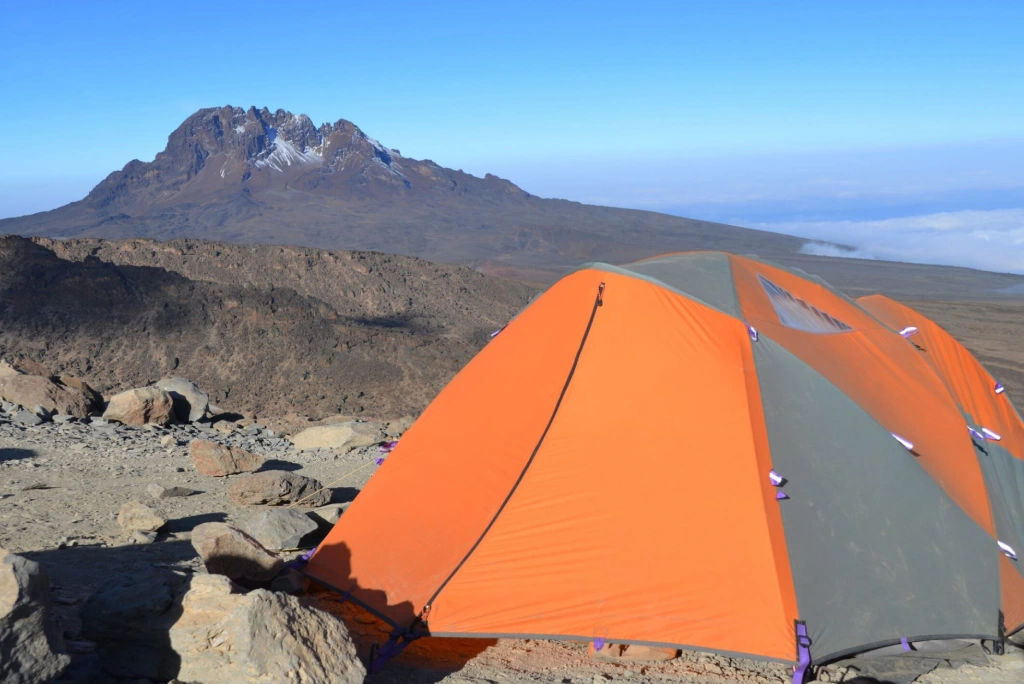
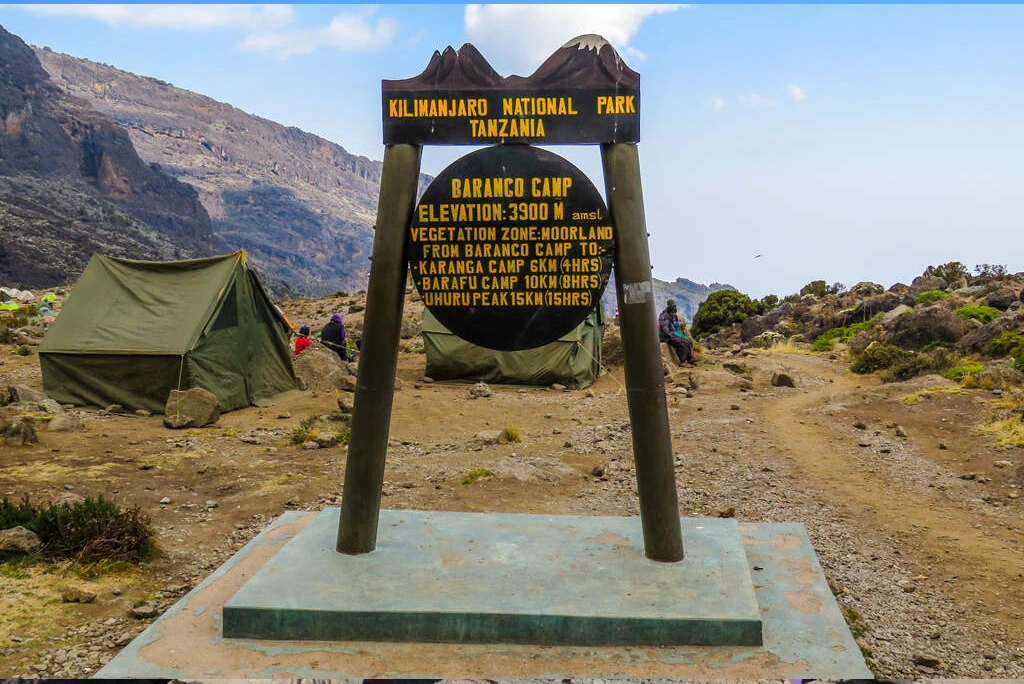
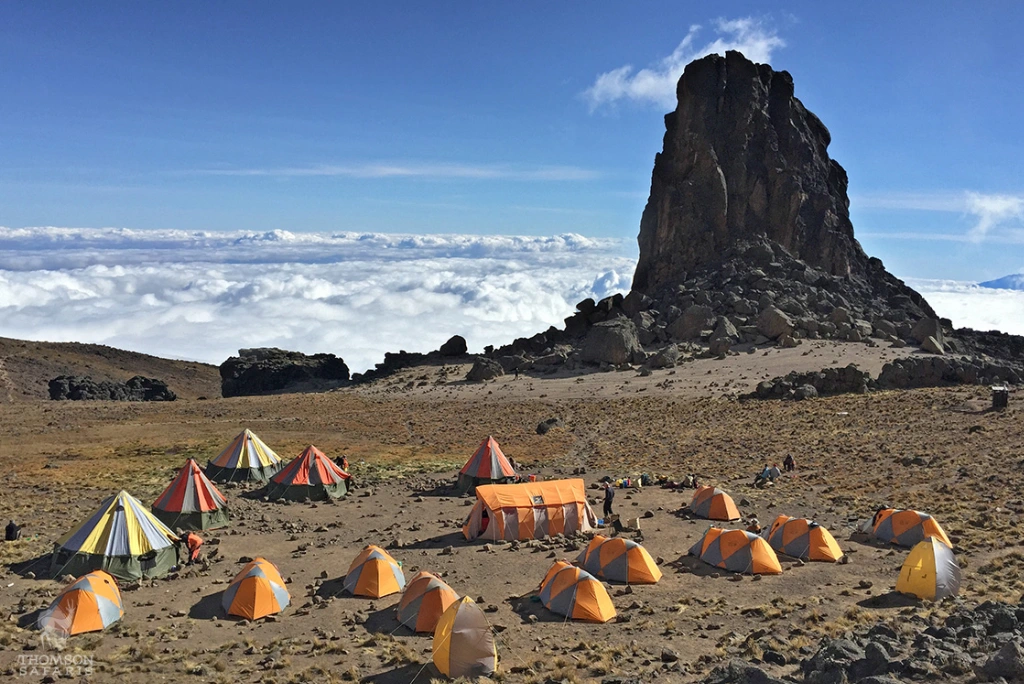
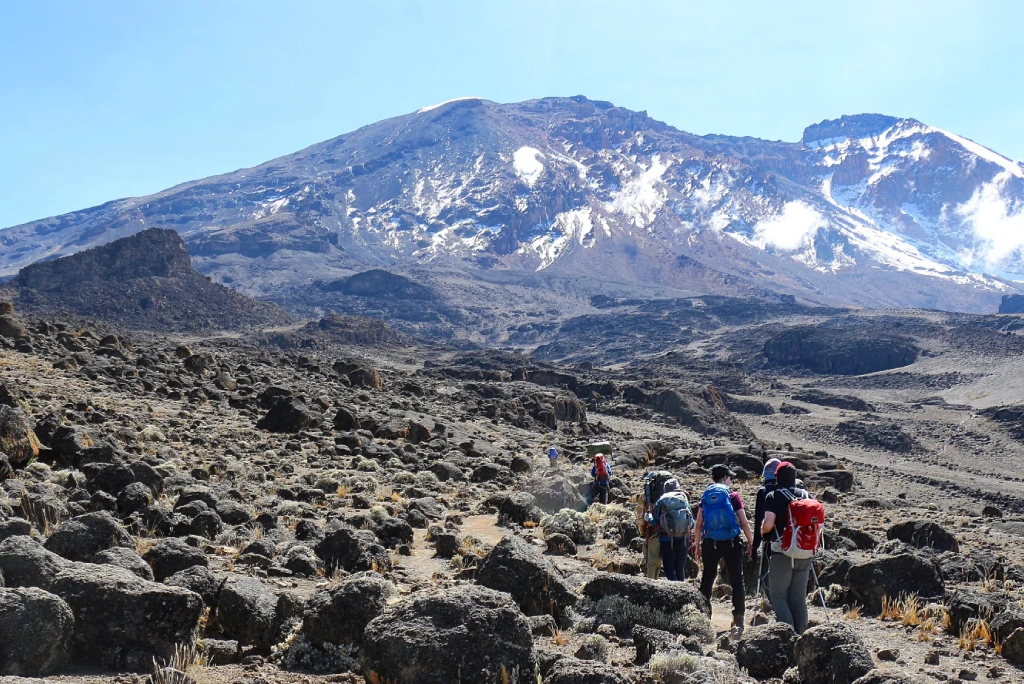
Related Mount Kilimanjaro Trekking
Given the off-road terrain that will be encountered, a bike that can adequately tackle this is also essential. A gravel bike is usually a popular option for bikepacking.
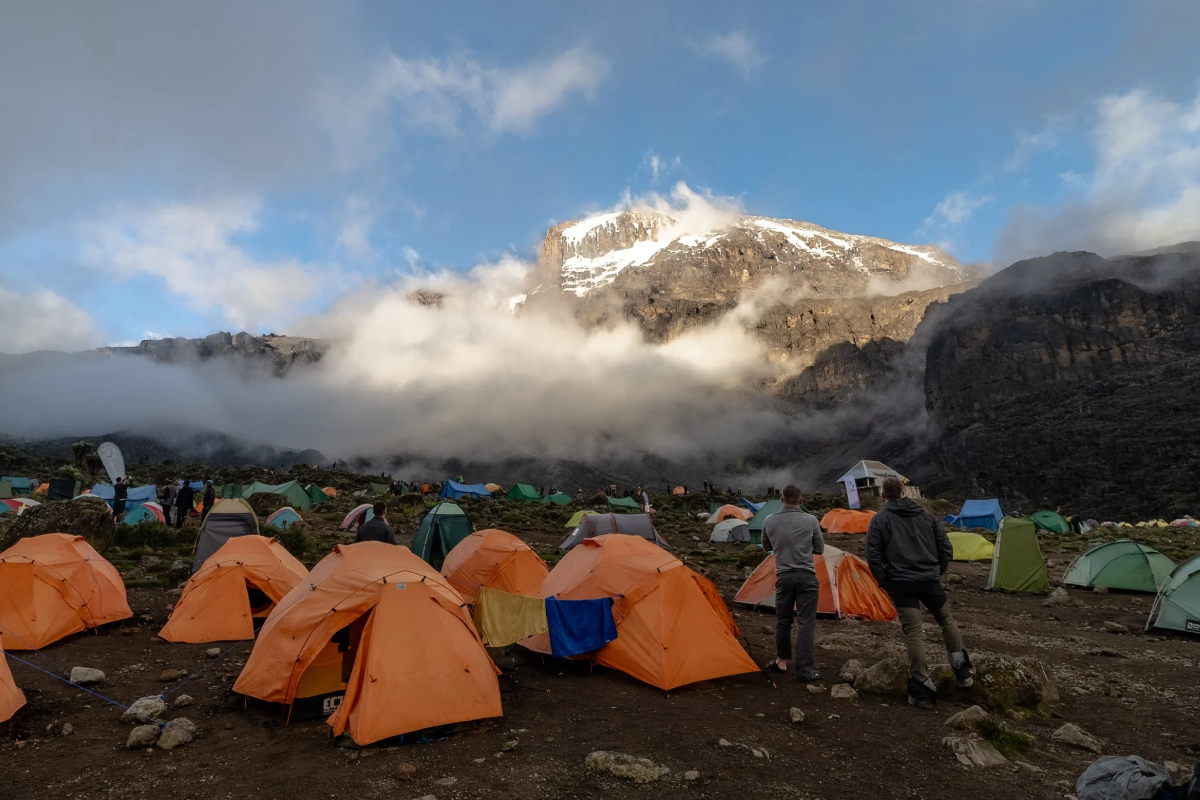
8 Days Lemosho Route
Embark on an 8-day Lemosho Route trek, traversing forests, plateaus, alpine deserts, and summiting Uhuru Peak with expert support.
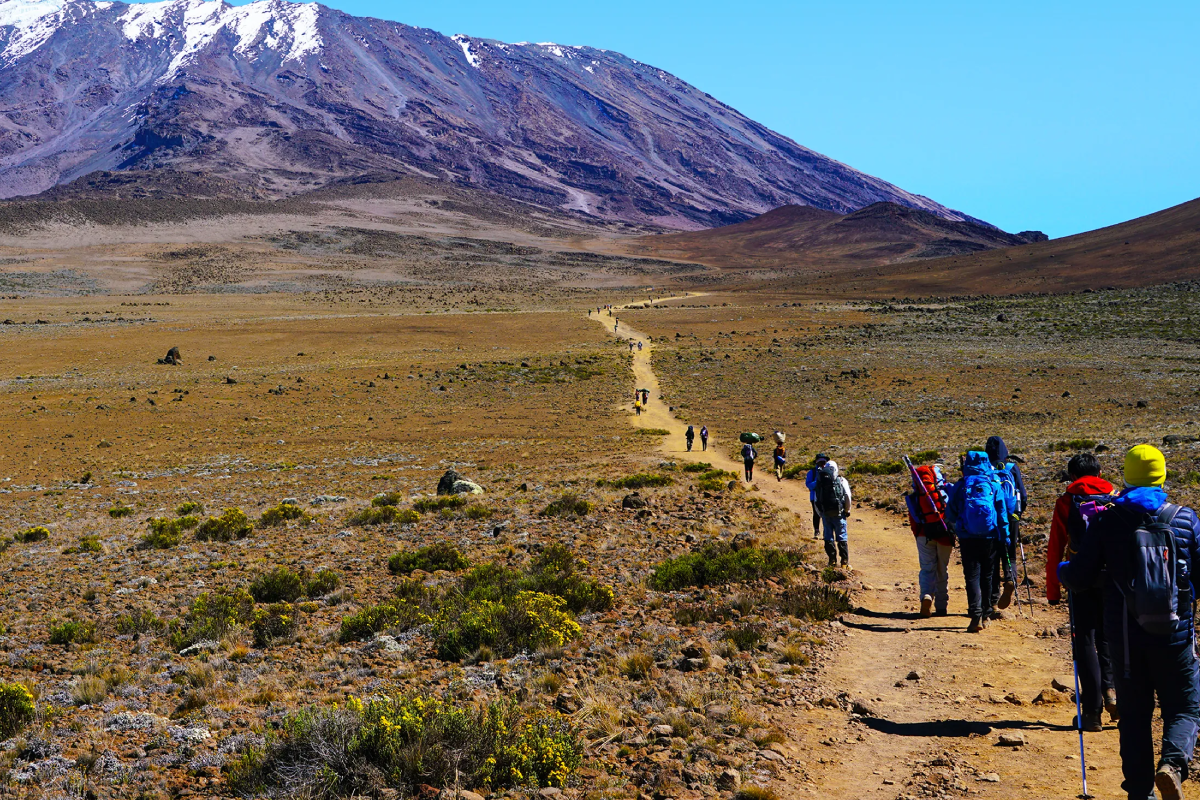
7 Days Machame Route
Trek Kilimanjaro’s 7-day Machame Route, crossing rainforests, moorlands, and glaciers, camping under stars, reaching Uhuru Peak with guided support.
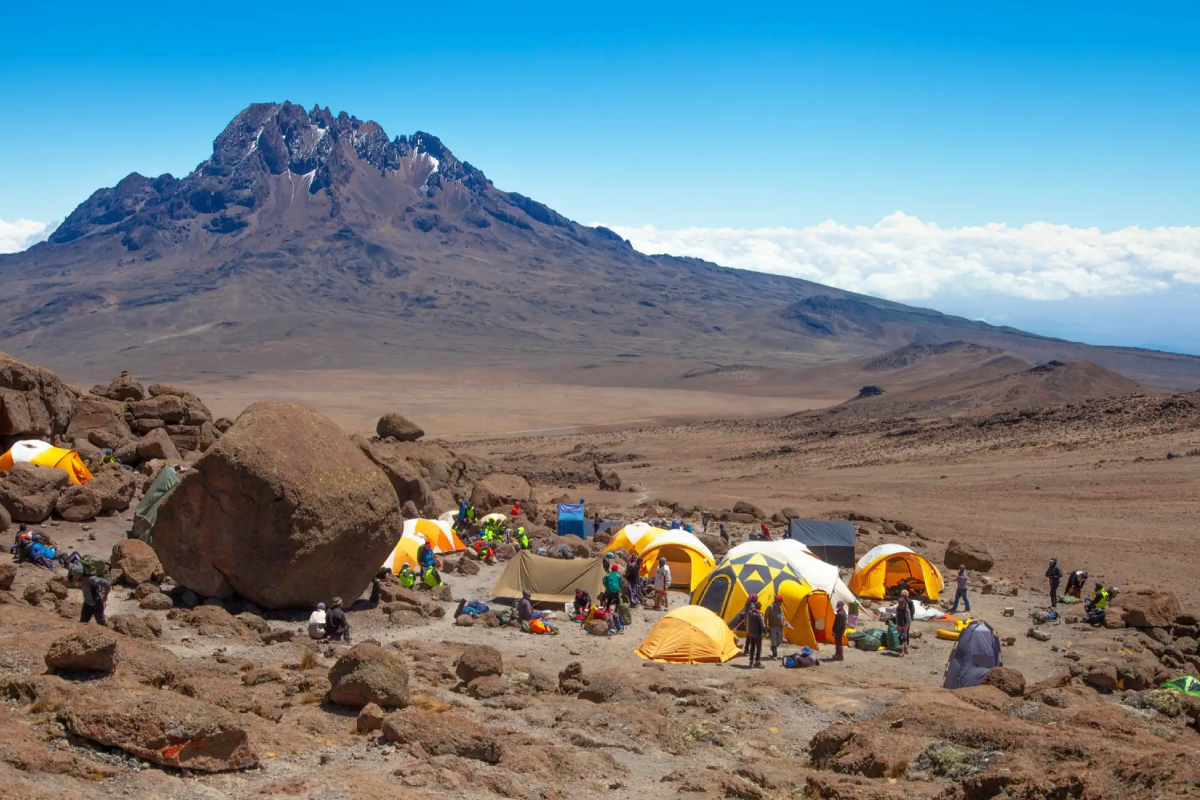
6 Days Rongai Route
Trek Kilimanjaro’s 6-day Rongai Route, ascending through rainforest, moorland, and alpine desert, summiting Uhuru Peak with expert guides and full support.
We make it easier for everyone to experience the world
Ready to explore Tanzania’s natural wonders? We’re here to help! Whether you’re planning a once-in-a-lifetime safari or a peaceful nature escape, our team makes travel easy and personal. Reach out today—let’s turn your dream of exploring Tanzania and beyond into reality. We make it easier for everyone to experience the world, one journey at a time. Contact us today!
Need I help? Talk to an Expert
+255767493713 +255690129757
Mountain Climbing FAQs
Discover essential information for climbing Tanzania’s iconic peaks—Mount Kilimanjaro, Mount Ol-Donyo Lengai, and Mount Meru. Learn about the best seasons, difficulty levels, required permits, gear recommendations, and safety tips. Whether you’re a first-time climber or experienced mountaineer, these FAQs provide guidance to help you prepare, stay safe, and make your mountain adventure unforgettable.
Climbing Kilimanjaro is challenging but achievable for fit individuals. It doesn't require technical skills, but altitude and endurance are key factors. Choosing a longer route improves acclimatization and success. Mental preparation, physical fitness, and proper gear make a big difference in your summit experience.
The best times are during dry seasons—January to March and June to October. These months offer clear skies, better trail conditions, and higher success rates. Avoid the rainy seasons for safety and comfort. Early booking is also advised due to route popularity.
Yes, Mount Meru is ideal for acclimatization before Kilimanjaro. It reaches 4,566 meters and offers great altitude training. The trek includes wildlife encounters and scenic ridges, preparing your body for Kilimanjaro’s higher elevation and reducing chances of altitude sickness significantly.
Yes, guided climbs are mandatory for both Kilimanjaro and Mount Meru. Guides ensure your safety, manage logistics, and provide expert support. Their local knowledge enhances your journey. On Mount Meru, park rangers accompany all trekkers due to wildlife presence in the area.
Ol Doinyo Lengai is the only active natrocarbonatite volcano in the world, revered by the Maasai as the “Mountain of God.” The steep climb is rewarded with unique lava flows, spiritual significance, and sunrise views over Lake Natron and the Great Rift Valley.
Altitude sickness can affect anyone above 2,500 meters. Symptoms include headache, nausea, and fatigue. To reduce risk, climb slowly, stay hydrated, and acclimatize properly. Longer itineraries on Kilimanjaro and a Mount Meru pre-climb significantly boost altitude adaptation and summit success.
You’ll need layered clothing, waterproof outerwear, sturdy hiking boots, sleeping gear (for Kilimanjaro and Meru), headlamp, trekking poles, and hydration packs. For Ol Doinyo Lengai, include lightweight but grippy footwear and breathable clothing due to its steep, dusty volcanic terrain.
What Customers Say About Us
